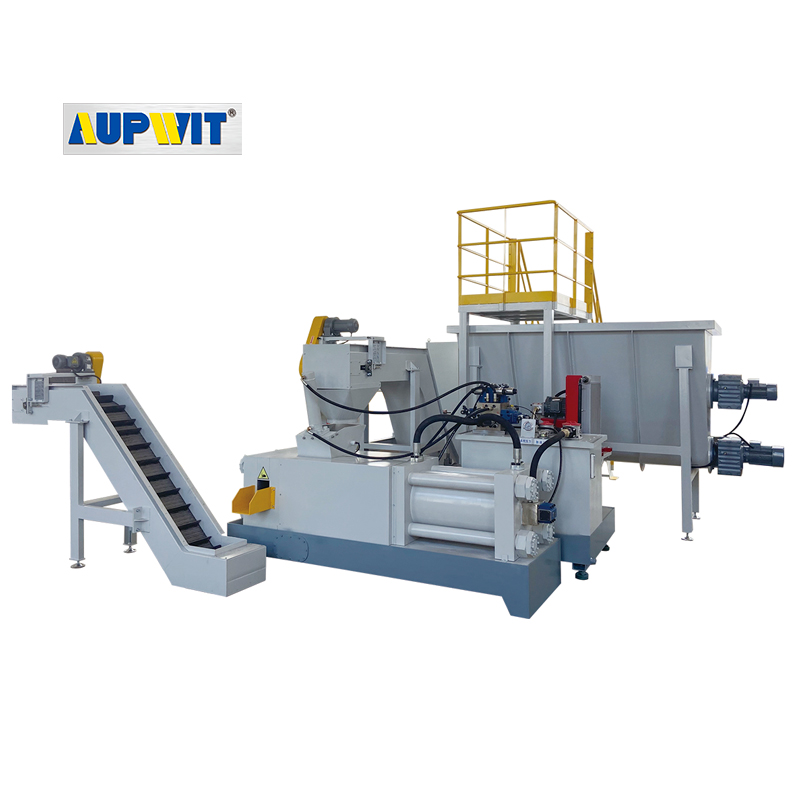A briquetting press relies on a properly maintained lubrication system to minimize friction, reduce wear, and ensure smooth operation under high-pressure conditions. The system delivers lubricant to critical components to prevent overheating and mechanical failure.
Key Components & Operation
-
Lubrication Points
-
Main Shaft & Bearings: High-load rotating parts requiring continuous lubrication.
-
Piston/Cylinder Assembly: Reduces friction during compression strokes.
-
Die & Roller Surfaces: Prevents material adhesion and wear.
-
Gearbox & Hydraulic System: Ensures efficient power transmission.
-
-
Types of Lubrication Systems
-
Automatic Centralized Lubrication (Most Common)
-
Uses a pump and distribution network to supply grease/oil at timed intervals.
-
Ensures consistent lubrication without manual intervention.
-
-
Manual Lubrication (Smaller Machines)
-
Operators apply grease via nipple fittings at scheduled intervals.
-
-
Oil Circulation System (High-Speed Presses)
-
Filters and recirculates oil to cool and lubricate gears/hydraulics.
-
-
-
Lubricant Selection
-
High-Temperature Grease: Withstands frictional heat (up to 150°C).
-
Synthetic Oils: Used in hydraulic systems for better thermal stability.
-
Food-Grade Lubricants: For biomass briquette presses in agro-processing.
-
-
How It Works
-
During operation, the system:
-
Pumps lubricant to bearings, slides, and dies.
-
Forms a protective film to separate metal surfaces.
-
Dissipates heat generated by friction.
-
Flushes out contaminants (dust, metal particles).
-

-
-







